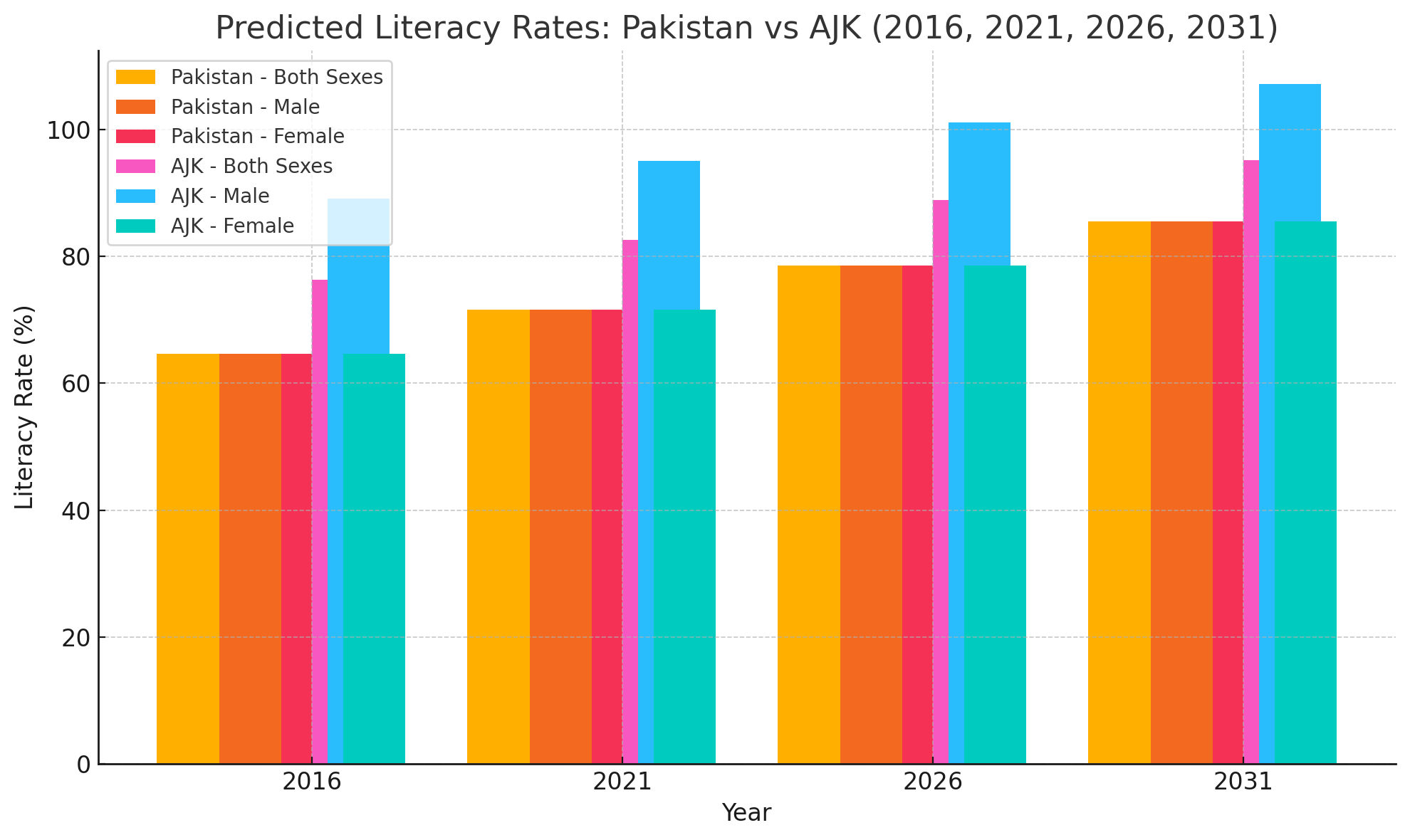In Pakistan, PPP has emerged as an important tool in financing and executing large-scale infrastructure projects. Though infrastructure needs in these sectors are massively increasing, Public-Private Partnerships models help the government capture the expertise and resources of the private sector, leveraging them to fill gaps and manage large-scale projects efficiently. These involve scenarios where the private entity is made responsible for funding, building, and managing the infrastructure under government intervention to guarantee regulation and general benefit. Such partnerships are becoming increasingly necessary, especially in large-scale projects, where private capital, management capacity and operational efficiency over the long run matters most (Khan and Ahmad, 2016b)
1 Public-Private Partnerships Models in Pakistan
Despite the general characteristics and categorization of Public-Private Partnerships, the models of PPP in Pakistan can vary from area to area and also based on the nature of its promise to the private sector(Fatima et al., 2024). Some of the most common types of PPP models include the following:
4.1.1 Build-Operate-Transfer (BOT): The private sector partner is responsible for financing the project, designing, constructing and operating it for a defined term in a BOT model. After the agreed-upon operating period, ownership of the project reverts to the government. This model is frequently applied to physical resources like roads, bridges and airports. The inception of PPP was laid down in Britain but later on was injected into Pakistan in its developmental projects such as the Karachi-Lahore Motorway where the Pakistan government and private sector jointly collaborated, the private sector funded and managed it but later on provision of rich earnings went to the government (Khan and Ahmad, 2016a&b)
4.1.2 Build-Own-Operate (BOO) isone where the private entity builds, owns and operates the project. Adopted in several sectors — notably in electricity generation where private companies build and operate energy plants. The private operator receives returns via tolls or service charges. One model of the BOO is the operation of power plants owned by private operators to make profits over time (Shukla and Sharma, 2018).
At one extreme, you have constrained duplication of effort between public capital investment and private selection of developers leading to large-scale contracts: Design-Build-Finance-Operate (DBFO) where the entire bucket of risk is transferred to the private sector partner who looks after an extended period of work including design, construction, financing and operations. This is the most straightforward way to ensure maximum rollout and effective long-term operation. In Pakistan, the construction of the motorway Sialkot-Multan was based on a concept similar to DBFO in which the private sector constructed and operated, and the operations were efficient and cost-effective (Khan and Ahmad, 2016).
2 Challenges in Public-Private Partnerships contracts
Although these are effective, the implementation of Public-Private Partnerships contracts in Pakistan presents numerous challenges:
4.2.1 Balanced and Prudent Regulatory Framework: A stable and fair regulatory environment allows both public and private sector organizations to prosper. If the risk or financial responsibility of any actions or causes is not clear, this may lead to misunderstandings between actors with long-term contracts and is detrimental (Raza and Hussain, 2017).
4.2.2 Cost Overruns and Disputes in Public-Private Partnerships: When unforeseen circumstances arise, the costs could be more than what was originally planned. Arguments tend to break out over who should pay for the big additional costs. This included global commodity prices and the fluctuation of exchange rates, which negatively affected the financial burden for the projects and posed conflicts between the public and private sector participants in projects, particularly in the CPEC projects (Khan and Ahmad, 2016b).
4.2.3 Execution Delays: Project execution delays can arise due to land acquisition issues, regulatory issues or poor project management. Not only do delays stretch the project timeline, but they also impact returns on investment for the private sector. It faces delays in regulatory approvals and land acquisition, compromising the financial viability and timely completion of projects (Gupta & Saini, 2019).
4.2.4 Political Risks: Another significant challenge for PPP projects in Pakistan is the political risks, implying the viability of the projects (Khan and Ahmed, 2016b).
4.2.5 Fluctuations and Disruptive Forces: The engagement bidders can take years to build and shape businesses or municipalities, and changes in government policy or leadership, political instability, or changes in laws can throw off long-term projects, impacting the business viability and operational structures that drove the efforts. Due to changes in political priorities/policy, several of the infrastructure projects like that in Balochistan have faced delays/cancellations (Shukla and Sharma 2018)
3 Execution Contract-Challenges’ Effects on Public-Private Partnerships
Challenges in PPP contracts can have a significant impact on the success of infrastructure projects. Renegotiations arising from gridlocks of delays, cost over-runs and disputes erode the public-private partnership (PPP), which renders PPPs useless for all concerned.
4.3.1 Delays and Defects: A lack of clear ownership in the project can lead to delays, defects, and potential legal disputes that can impede the successful delivery of an essential infrastructure project while increasing costs and timelines (Gupta and Saini, 2019).
4 Problems Common to Projects in Pakistan:
The main constraints include Time Slippages, Cost Overruns and their Impact on the Implementation of Contracts. Even with continual reforms in procurement and conditions of project execution, Pakistan could not overcome the numerous impediments in efficiently implementing the mega projects. Unprecedented delays, cost overruns and poor contractor performance are the most pressing issues restricting infrastructure development in the country (Gupta and Saini, 2019).
Land Acquisition Issues:
Many infrastructure projects have high land take, and land acquisition can be a lengthy process. Project costs may also blow up due to long delays in land handed over by local residents, landowners, or government agencies. Land acquisition problems back tracked the completion of the Islamabad Metro Project, while the delay raised total project costs (Siddiqui, 2020).
Bureaucratic Roadblocks: Pakistan’s regulatory framework is far more complicated, with multiple government signing authorities on big projects. This causes bureaucratic delays in decision-making and approvals of key permits, clearance and environmental assessments. The Karachi Circular Railway Project faced prolonged delays due to regulatory hurdles and a lack of government coordination (Sharma and Gupta, 2018).
Financial Problems: Funding management is crucial to avoid the impact of a project on the schedule due to under-budgeting and mismanagement of funds. This is particularly relevant to PPP projects due to difficulties in securing sufficient financing from public and private sources. The Gwadar Port Development Project has suffered delays due to a shortage of funds and shifts in the financial responsibilities of the private partners (Raza & Hussain, 2017). This signals how inflation, currency destabilization, and escalating raw materials costs add to the financial constraints.
Contractor performance issues: Contractor performance-related issues are among the top factors causing cost overrun and delay. Poor project management, unskilled employees and bad-quality jobs are a few factors leading to waste. The contractors may find themselves unable to do complex projects and may experience delays and overruns. The Lahore-Islamabad Motorway Project got delayed due to the substandard performance of the contractors, disputes were inevitable, and timelines were renegotiated (Gupta and Saini, 2019).

